Shada GU10 LED bulbs
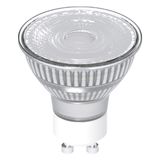
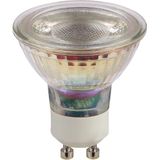

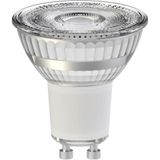
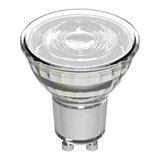
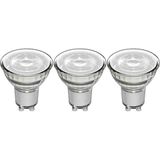

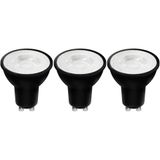
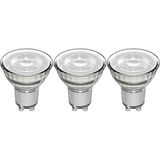
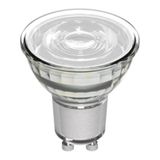

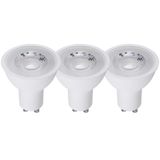
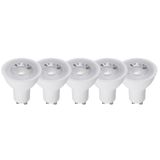



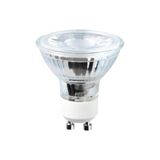
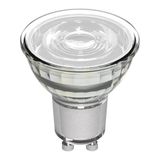
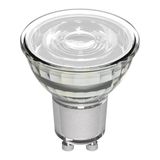
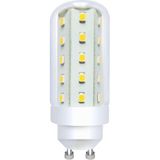
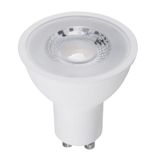
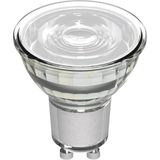
shada gu10 led bulbs for retail, galleries, and hotels
Shada focuses on mains-voltage GU10 sources that hold beam shape, color, and output over long service intervals. Bodies fit standard cans and gimbal downlights, with heat paths sized for insulated ceilings and shallow fixtures. Output classes typically run 320–700 lm; beam sets include 10°, 15°, 24°, 36°, and 60° so you can match accent, general, and wall-wash tasks without mixing families. Installers get captive terminals, firm twist-lock collars, and cartons labeled with real CBCP so calculations translate cleanly from drawings to site.
Product range and series overview
Expect workhorse lamps for everyday spaces, tight-beam variants with higher candela for merchandise punch, and soft-edge versions for dining and reception. High-CRI options address timber, textiles, and food; neutral-white and warm-white cover 4000 K and 2700/3000 K. Anti-glare front caps and deep-recess models reduce high-angle luminance in low ceilings. Where maintenance windows are short, long-life skus pair conservative drive currents with robust driver capacitors.
shada gu10 spotlights optics and beam control
TIR lenses deliver crisp edges for product highlights; prismatic diffusers widen spill for uniform layers. Lens stacks resist dust and cleaning thanks to hard-coat or AR glass. When ceilings vary in height, keep beam-to-target distance consistent and choose the beam by CBCP, not just lumen. For camera-heavy spaces, low-flicker drivers keep PstLM and SVM within typical workspace targets.
shada gu10 led lamps electrical and thermal design
Electrical: 220–240 V AC, 50/60 Hz. Typical power 3.5–8 W depending on lumen and beam. Power factor ≥0.5 on low-power types, ≥0.9 on premium drivers; THD usually ≤15–20 %. Surge robustness 1–2 kV L-N helps on long residential/retail spurs. Operating envelope −20…+40 °C; enclosed cans may derate to +35 °C. Lifetime commonly L70/L80 at 25–50k h with TM-21 projections drawn from LED LM-80 data. Safety and performance align with IEC/EN 62560 and EN 62612; control gear references IEC/EN 61347-1/-2-13; EMC to EN 55015 and EN 61000 series; materials RoHS.
Dimming behavior and control interfaces
Trailing-edge (MOSFET) plates deliver the cleanest low-level performance with modern drivers. Leading-edge remains usable where legacy stock dominates; confirm the permitted load window and set a minimum level during commissioning to avoid shimmer. Document the approved dimmer list in close-out so facilities teams don’t introduce curve drift later.
Technical specifications and standards
Photometrics: CRI 80 baseline with CRI 90 options; R9 data available on hospitality skus. Common CCTs: 2700 K, 3000 K, 4000 K. SDCM ≤3 keeps phases visually consistent. UGR management relies on deeper lamps or accessories; pick trims that shield the emitting surface in low-mount corridors. Thermal tc points are accessible for spot checks; avoid burying cans under insulation without rated hoods.
Applications and compatibility across buildings
Retail highlights favor 10–24° beams to model form without washing backgrounds. Restaurants prefer 2700–3000 K at CRI 90 to keep food and timber honest. Galleries and lobbies lean on 3000–4000 K with tight binning to avoid color shifts across walls. Offices use wide beams for reception and breakout to complement linear ambient. In all cases, publish mounting height and aiming angles in the notes; consistent geometry beats last-minute tweaks.
shada recessed lighting bulbs fit and enclosure notes
Check can depth and collar clearance—the lamp’s neck and front glass must sit below the trim to control glare. In sealed or IC-rated housings, use enclosed-rated skus and respect tc limits. Where emergency inverters feed maintained circuits, specify lamps validated for DC or square-wave outputs so egress levels are met.
Integration with other Shada products
Switch and dimmer plates from the same brand keep phase-cut behavior predictable across floors. Use Shada installation hardware—IP-rated junction boxes, compression glands, divider trunking—to separate control from mains where sensors join the loop. Holders, ceiling roses, and quick connectors from the accessories line speed swap-outs and reduce ladder time.
Selection criteria for B2B clients
Start with target lux and contrast ratio, then pick beam by CBCP. Lock CCT per zone and specify CRI 90 where finishes or fresh goods matter. Confirm dimmer type, breaker density versus inrush, and tc in enclosed cans. Standardize two beams and one CCT per area to simplify spares and keep scenes uniform. For energy KPIs, prioritize high-efficacy skus and presence/daylight strategies around the grid.
Procurement notes: if the spec references shada gu10 reflector lamps, list beam codes and CCT in the PO text so phases match photometry; where a client calls for shada gu10 indoor lighting, align glare control and mounting height early with the interiors team; when tenders mention shada gu10 retrofit led, confirm collar geometry against existing trims before bulk order.
Advantages of working with Bankoflamps
We align pricing to your beam plan and room lists, then show live EU stock before lifts are scheduled. Quotations land in about an hour with EAN/MPN, so lumen class, beam, CCT, and CRI stay locked between phases. Your portal shows lead times, shipment progress, and downloadable price lists; pricing validity is held to your approval gates. Approved clients can use post-payment up to 30 days. We consolidate partials to cut freight and aisle downtime, and your account manager cross-checks dimmer type, breaker density, tc limits, surge rating, optic code, and connector choice against your drawings—so cartons arrive site-ready and crews stay off ladders twice.